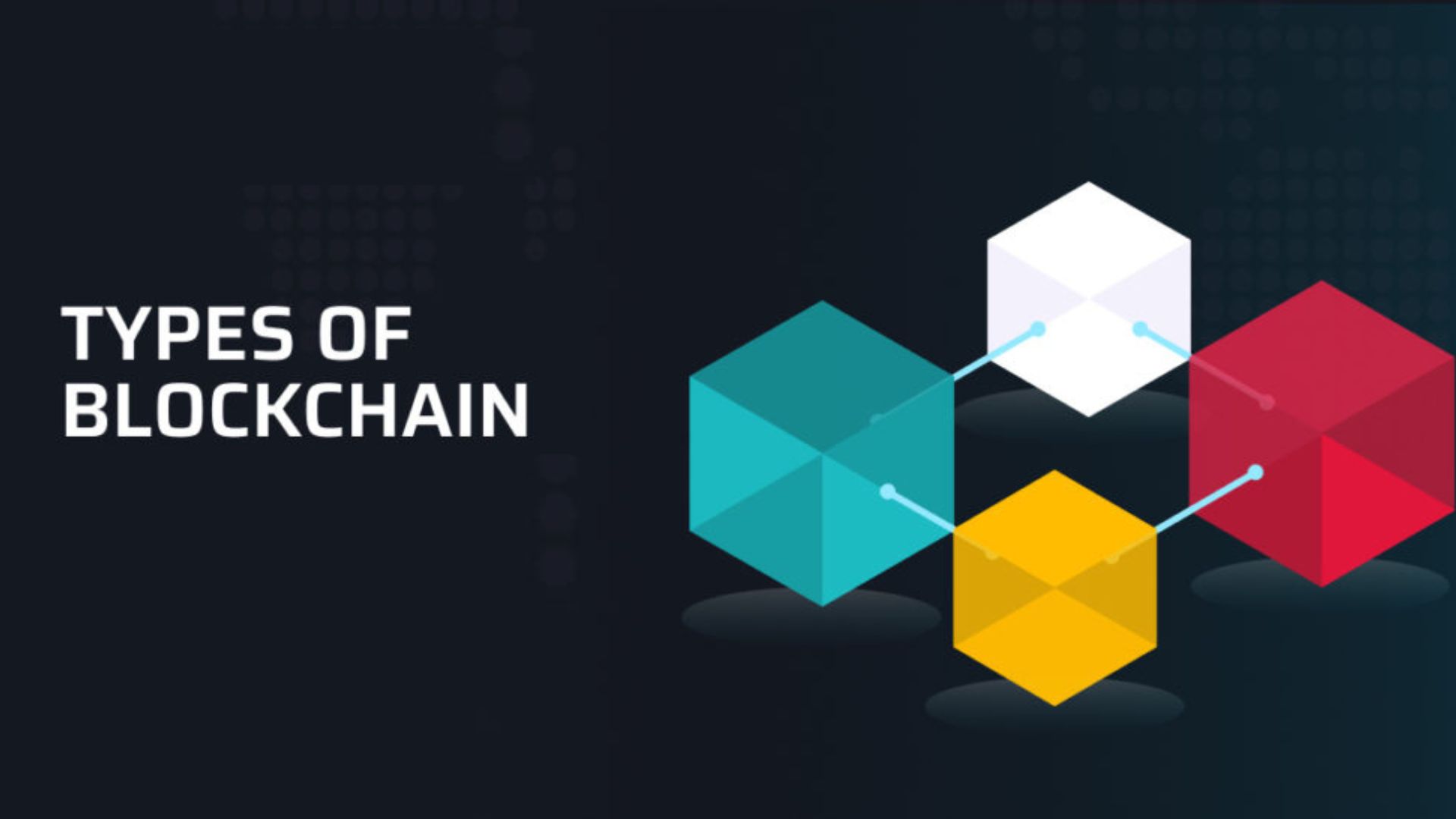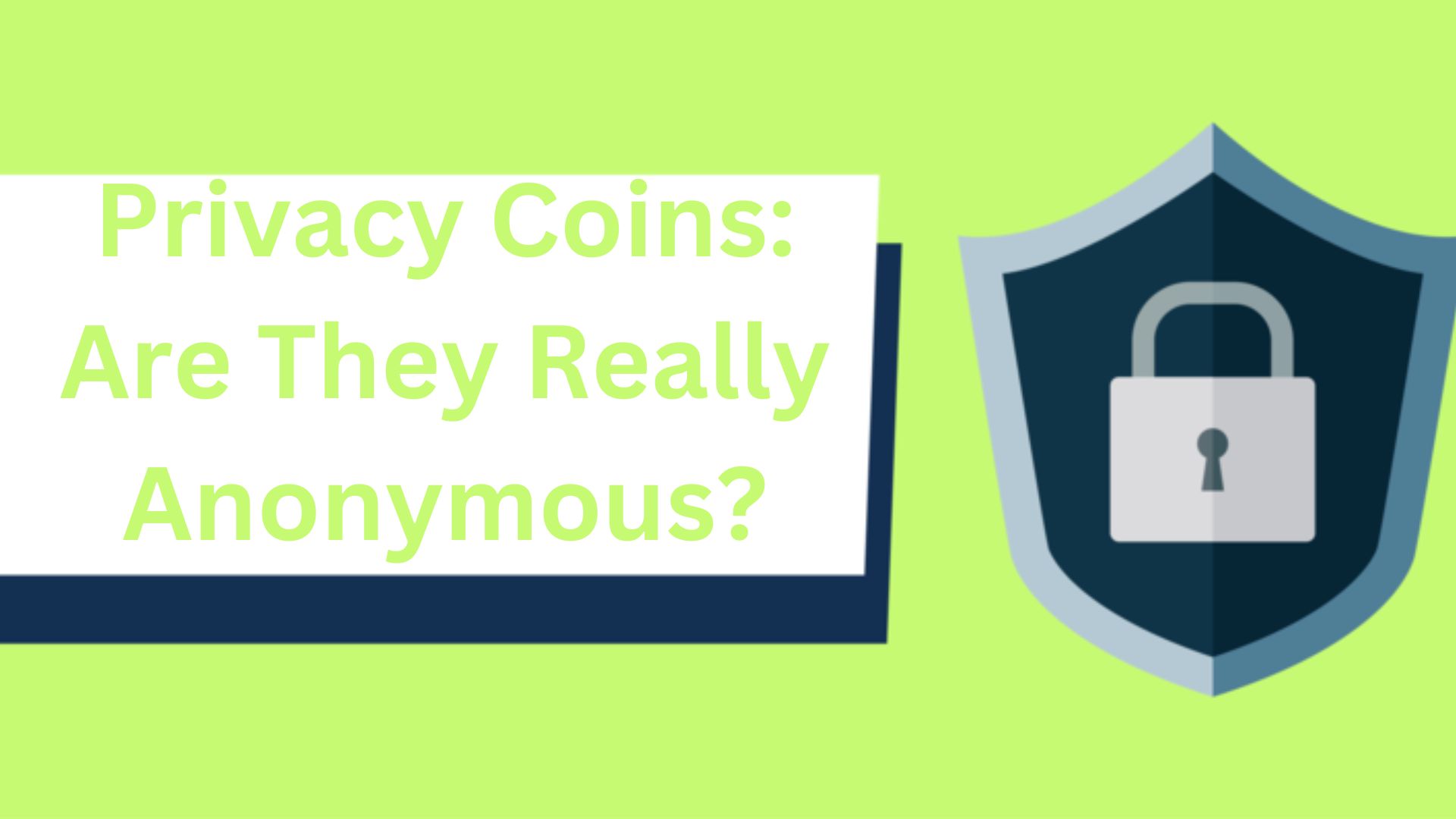What Happens If Cryptocurrency Is Sent to the Wrong Address?
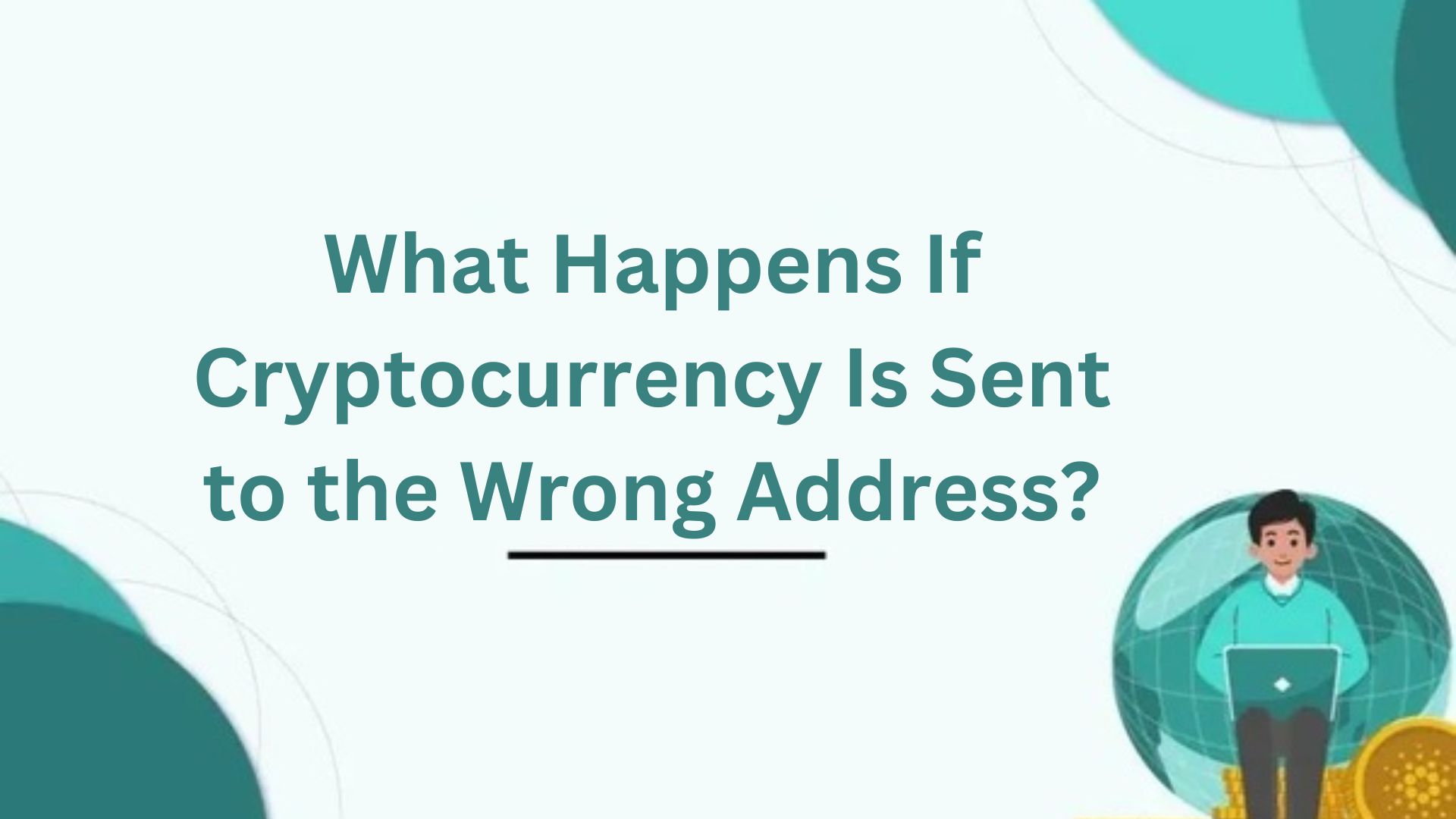
What Happens If cryptocurrency is sent to the wrong address? Due to the ultimate nature of Bitcoin and cryptocurrency transactions, the process is typically irrevocable. But if you’ve already sent cryptocurrency to a live address, you can look for the wallet’s owner and see if you can get your money back. Users can exercise complete authority over their assets on blockchains due to their decentralized structure, eliminating the need for a central authority or third party. The bright side is that no regulating body can stop or reject your transactions. But it also means you’re on your own for any mistakes you make and have no one to lean on but your fellow community members for advice.
There is also a higher probability of encountering mistakes during transactions due to the non-universality of cryptocurrencies and the structure of Bitcoin addresses. For instance, it might be challenging, if not impossible, to recover assets if cryptocurrency is delivered to the incorrect address or even the incorrect network. However, is it a permanent loss of assets if you send them to the incorrect address?
Is Crypto Lost When Sent to the Wrong Address?
Your cryptocurrency is indeed gone, plain and simple. Your possessions are taken away from you, and the person who was supposed to receive them never gets them. Among the three potential outcomes of sending cryptocurrency to the incorrect address are:
The Address Is a Burn Address or a Dead Wallet
Assets transferred to burn addresses cannot be recovered since they do not have private keys. The only way to retrieve funds delivered to a dead wallet is for the private key holder to use it again, as it is no longer operational. I don’t think contacting the owner of a deceased wallet through their address is feasible because most such wallets are dormant. After all, investors either lose access to them or pass away without leaving them.
The Address Is Nonexistent
The address does not need to be created (mined from the address pool) for the transfer to be conducted; all that is required is that it matches the blockchain’s wallet structure. Any user who gets the address used to create an account on the network might theoretically access the funds supplied to the account. On Ethereum alone, there are 16,40,000,000 unique permutations of public addresses, making this extremely unlikely.
The Wallet Is Active
The recipient is granted custody of the funds once the wallet is live. Locating and contacting the wallet’s owner is crucial for recovery. To try to retrieve an exchange account, one can contact the exchange directly.
What Happens if Crypto Is Sent to the Wrong Blockchain?
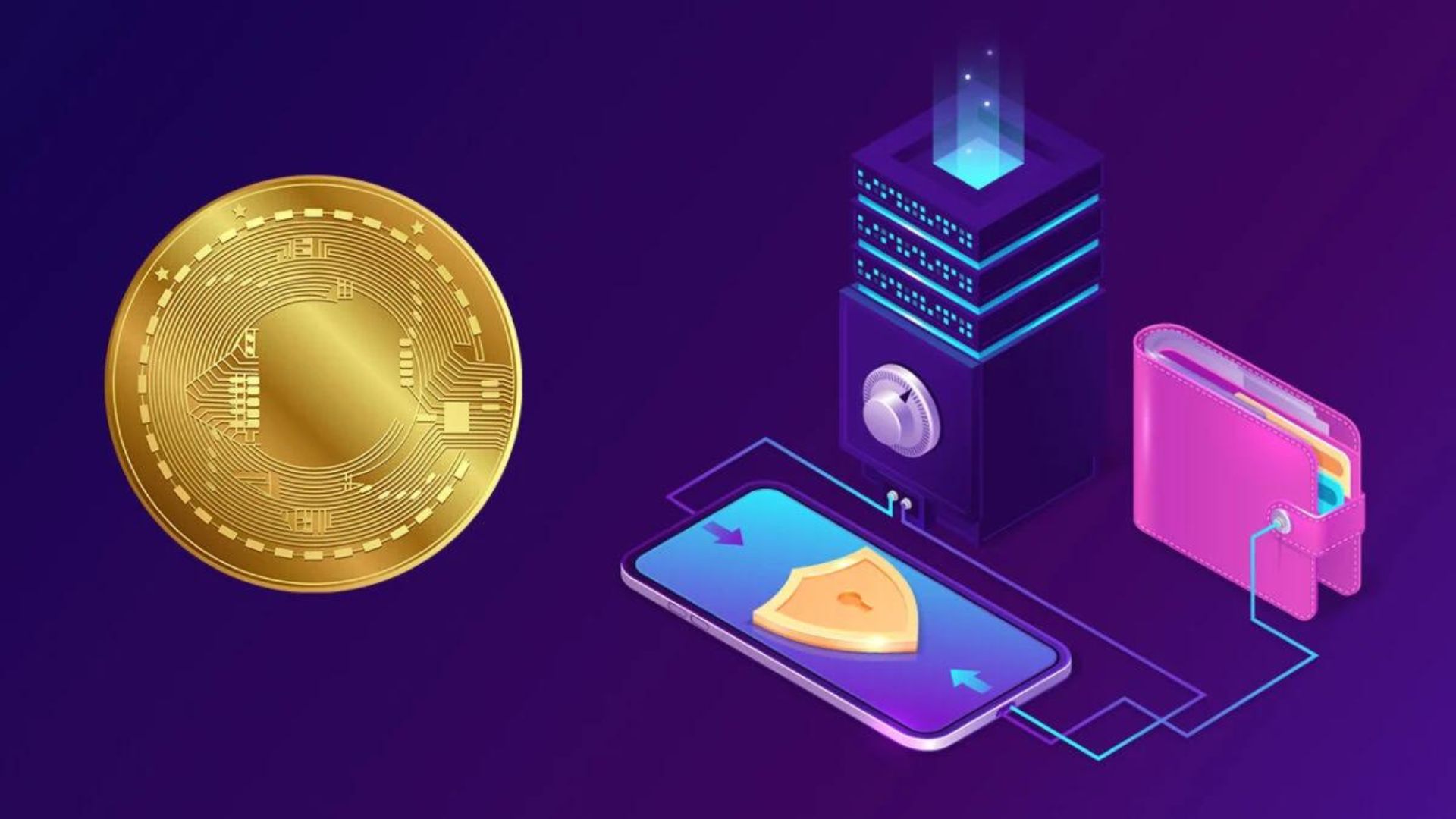
To reiterate, to complete a transfer, the wallet address must match the wallet structure on the blockchain. If this isn’t the case, the request to transfer will be denied. The transfer cannot go to unrelated blockchain networks because of this. For example, because Ethereum and other blockchains use completely different wallet structures, it is impossible to accidentally move assets from Ethereum to Bitcoin, Tron, or Solana. Nevertheless, this is not limited to EVM Layer 1 and Layer 2 networks; it can also occur in non-EVM networks with comparable address structures, such as Taraxa and Sui blockchain, or in networks that are very similar to Ethereum, such as Fantom and Arbitrum.
Sending assets to non-EVM networks like Taraxa and SUI, which have a similar wallet structure, could render them unrecoverable. The asset cannot be used on all networks since the smart contract controlling its creation and transfer does not exist on the network where it is intended. Keep in mind that bridging assets are exempt from this. With the right infrastructure in place, it is possible to connect assets to otherwise incompatible networks.
What Can You Do if Crypto Is Sent to the Wrong Address?
If cryptocurrency assets are accidentally transmitted to a dormant address, they cannot be retrieved. Asset recovery is impossible if the wallet is dormant, a contract, or a burn address. Nevertheless, it is possible to try recovery if the address is live. A private wallet used by an individual or a wallet held by a larger organization (such as a cryptocurrency exchange) is considered an active wallet. In each of these scenarios, you have the following options:
Check With the Exchange’s Customer Support
If you accidentally send funds to one of their wallets, you can get them back through several controlled exchanges. Affected parties may be eligible to receive all or part of the lost asset, albeit the specifics may differ in every exchange.
Contact the Owner
The afflicted person can try to retrieve their funds by contacting the wallet’s owner if they know who that is. You can try to figure out who received the asset if it went to an unknown address by looking at their transactions or tracking their transfers to centralized exchanges. While the owner’s willingness to restore the transferred crypto is still a factor, the sole thing determining your chances of recovery is the successful identification of the recipient.
How to Avoid Sending Crypto to the Wrong Address

The network will only proceed with a crypto transaction after verifying the address structure matches a pre-configured format. Because of this, users can easily send cryptocurrency to the incorrect address. You can lessen the likelihood of delivering assets to the incorrect address by following these steps;
Copy and Paste Addresses
The address of a Bitcoin wallet is typically a long string of letters and numbers. Always copy and paste the recipient’s address to be sure it’s input accurately. The process of entering wallet addresses is laborious and prone to typos.
Scan QR Codes to Transfer Funds
After you scan a wallet, the scan function will immediately copy the address to the recipient’s address book. Never confirm a transaction before you’ve double-checked all of the details, particularly the address and the amount.
Double Checking
Make sure they send it to the right place by asking the receiver. Please verify that the assets and the network addresses match before sending them to an exchange. As a general precaution, you should always double-check your work. Before proceeding to the next step, always do a second check.
Add the Address to Your Wallet Contact List
You may save addresses that you use often in cryptocurrency wallets like MetaMask and Trust Wallet. This is also true of centralized cryptocurrency exchanges. Store them in an address book if possible to make it easier to use addresses repeatedly. The recipient’s network may need to be specified for this feature. Remember this while transferring assets to the same receiver through several networks.
Request for Recipient’s Domain Address
Ethereum Name Service (ENS) and Unstoppable Domains are two examples of cryptocurrency wallet naming services that shorten long cryptocurrency wallet addresses into domain names that humans can understand. Memorizing this is a breeze. If the domain address is available, ask for it instead of the recipient’s wallet address to lessen the likelihood of getting it wrong.
How to Recover Crypto Sent to the Right Address but Wrong Network
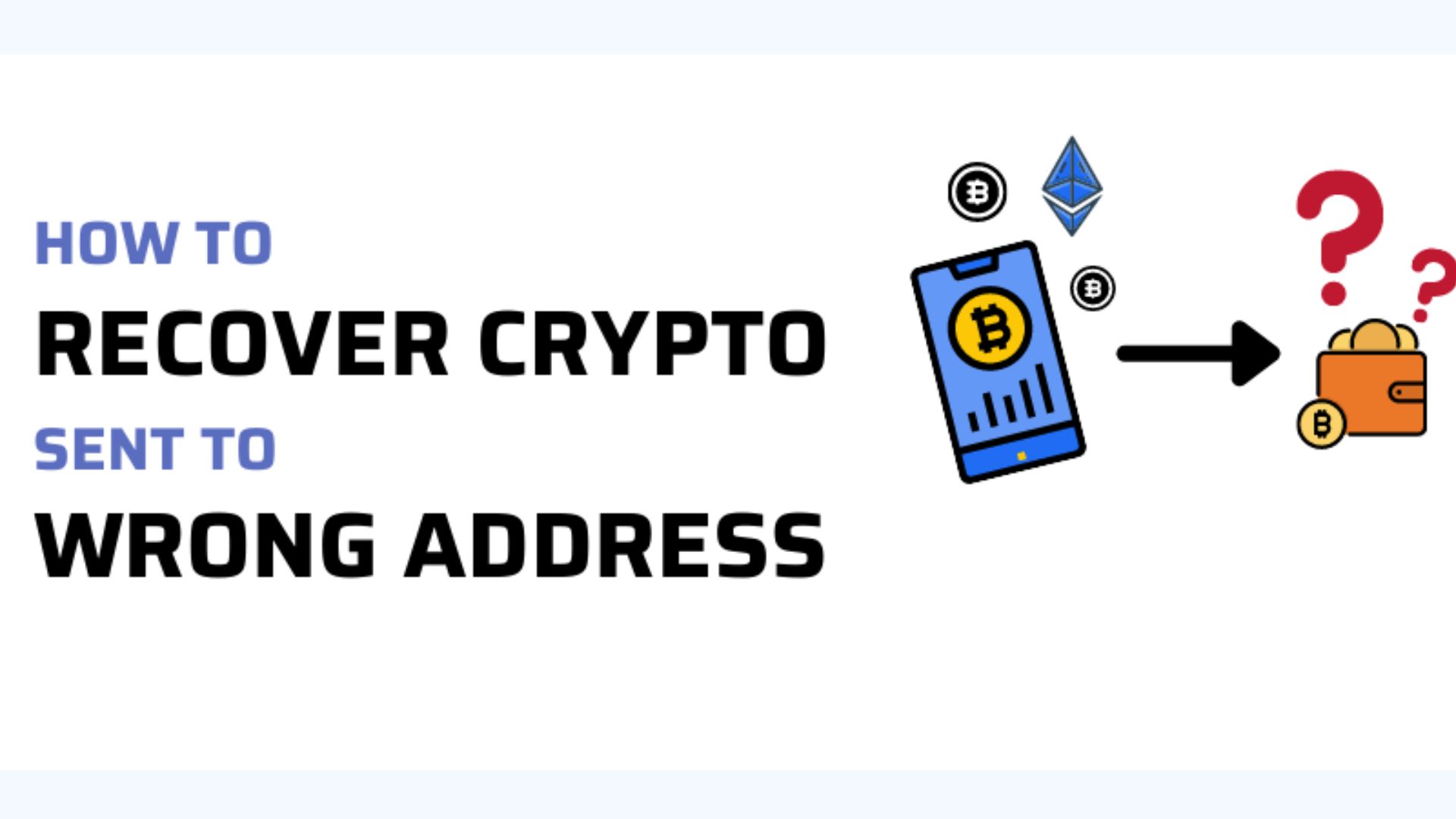
All EVM networks allow Ethereum investors to use the same wallet. Users can make the mistake of choosing the incorrect network when sending funds to the correct wallet address, leading to incorrect transfers. Even if the asset is still there, it was sent to the wrong network and ended up in the wallet.
If this happens, you can restore your funds by connecting to the networks specified on your wallet. You can easily recover your asset by adding the EVM network by using a Web3 wallet, such as MetaMask or Trust Wallet. You can transfer your funds to a more flexible wallet by exporting your private key or seed phrase if your current wallet doesn’t enable various network integrations. After importing the object, enter the network where it was accidentally delivered. You will have access to your asset once this is completed. If, for example, you want to transfer Ethereum to the Polygon network instead of Ethereum, you can add the network to your wallet and then switch to it.
Final Thoughts
Users of non-custodial wallets are personally liable for their cash due to the decentralized nature of blockchain. It is not easy to recover funds that were delivered in error because cryptocurrency wallet addresses can be lengthy, and blockchain networks are not universal.
While we have discussed several potential recovery options in this post, it’s important to remember that there are no remedies for situations where your crypto assets are sent to an inactive or nonexistent personal wallet. This is because these wallets either do not exist or no one controls their private keys. Here, it’s better to be safe than sorry. Thus, users should double-check all transaction information before submitting them.
Before finalizing any deal, double-check the copied addresses and ensure the destination network and contract addresses are right. Scammers are increasingly targeting desperate investors in this space, so it’s important to be cautious while seeking assistance to recover lost assets. Make sure to select reliable recovery companies or solutions. However, please be aware that the advice provided in this post is not financial and merely addresses potential methods of reclaiming lost cryptocurrency.
